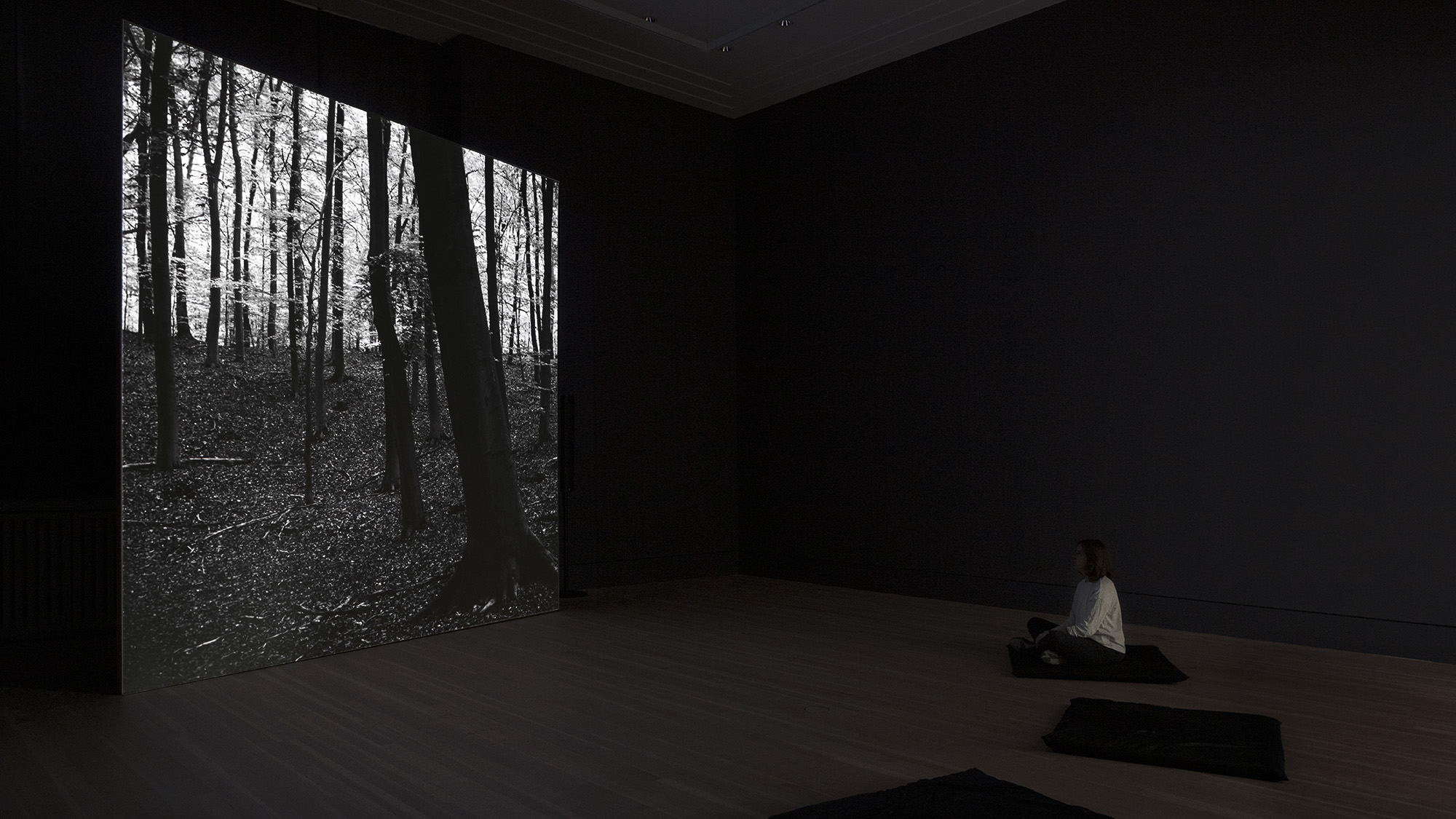|
〈
|
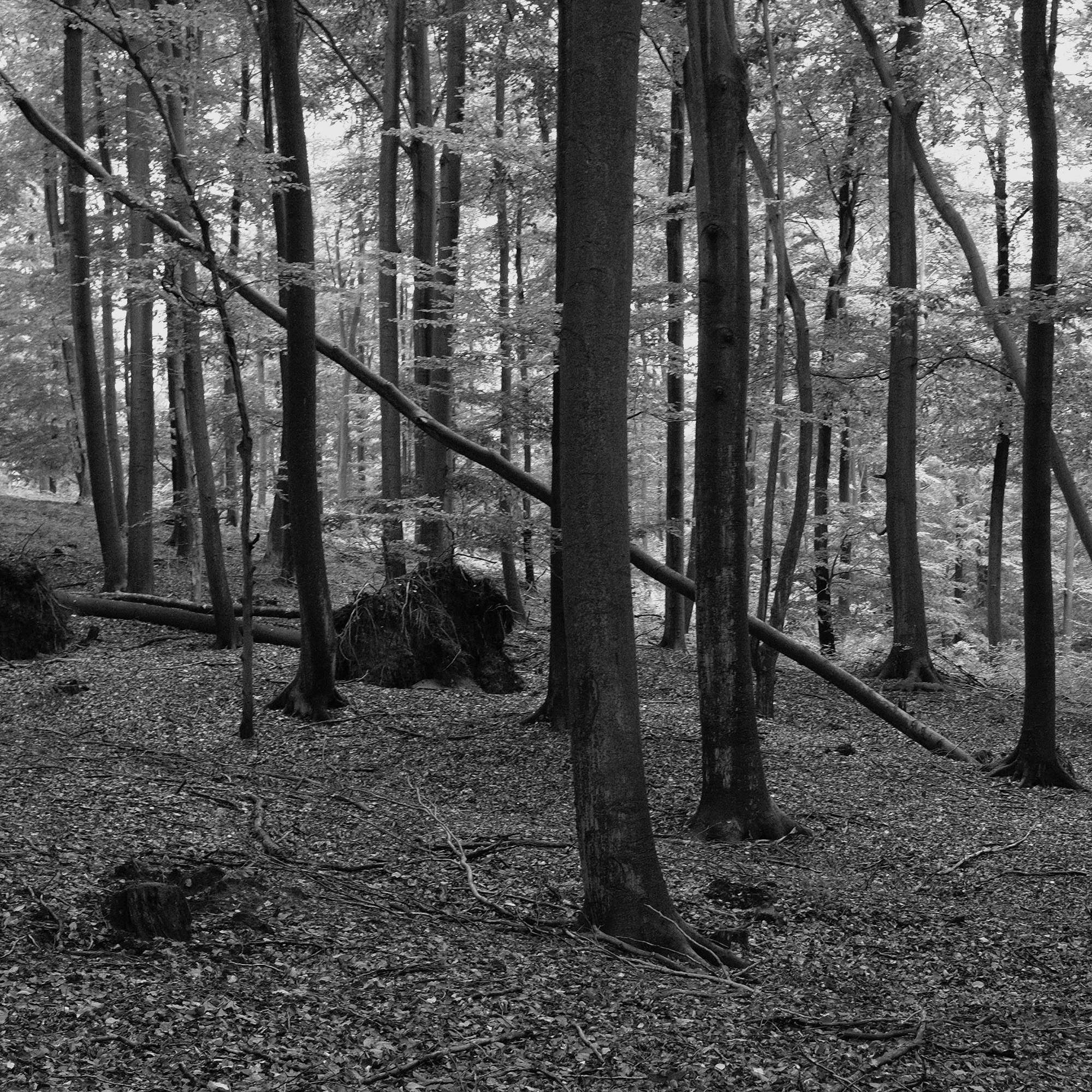
The Political Life of Plants 1, 2021. 4K, black and white, colour, 2 channel sound, 31 min.
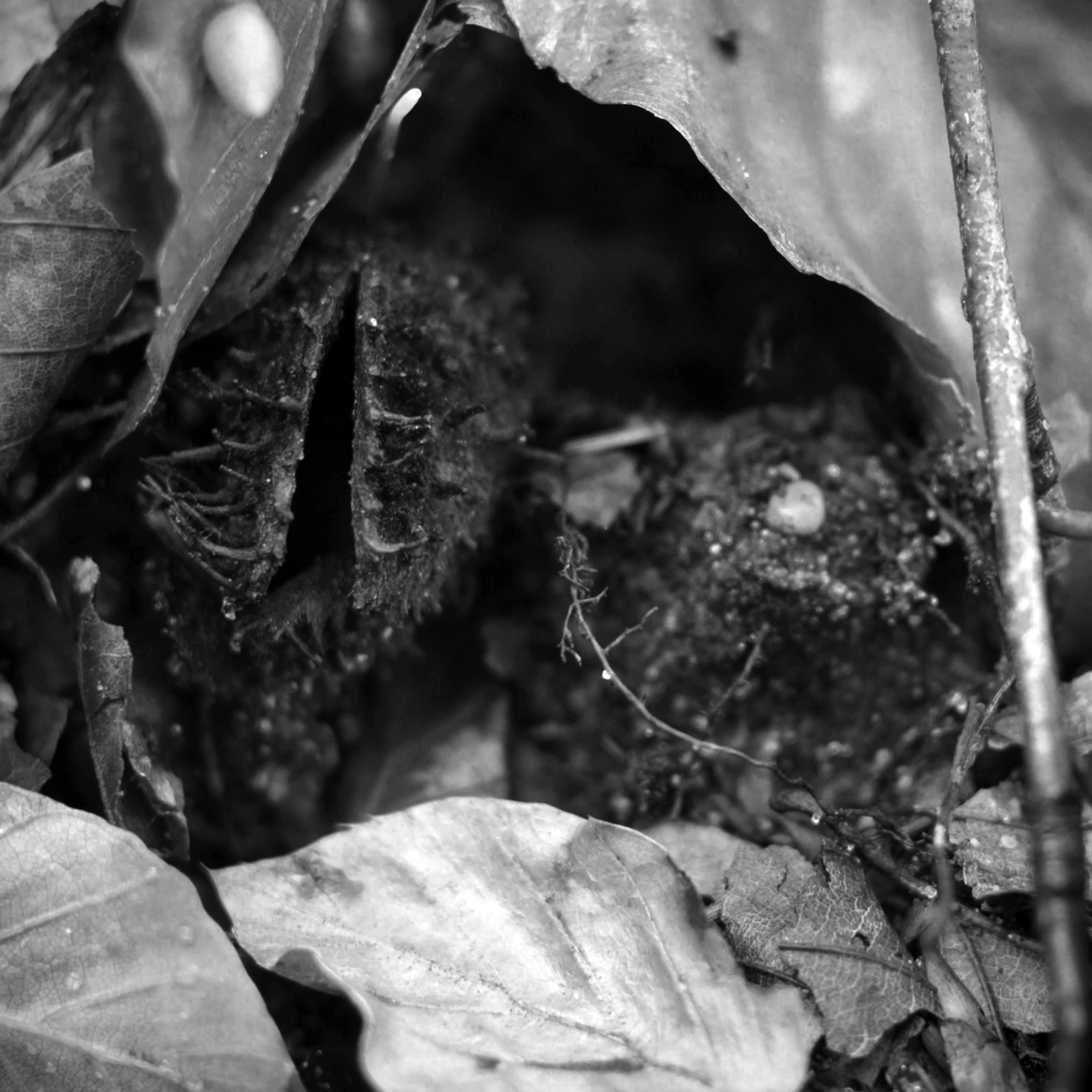
The Political Life of Plants 1, 2021. 4K, black and white, colour, 2 channel sound, 31 min.
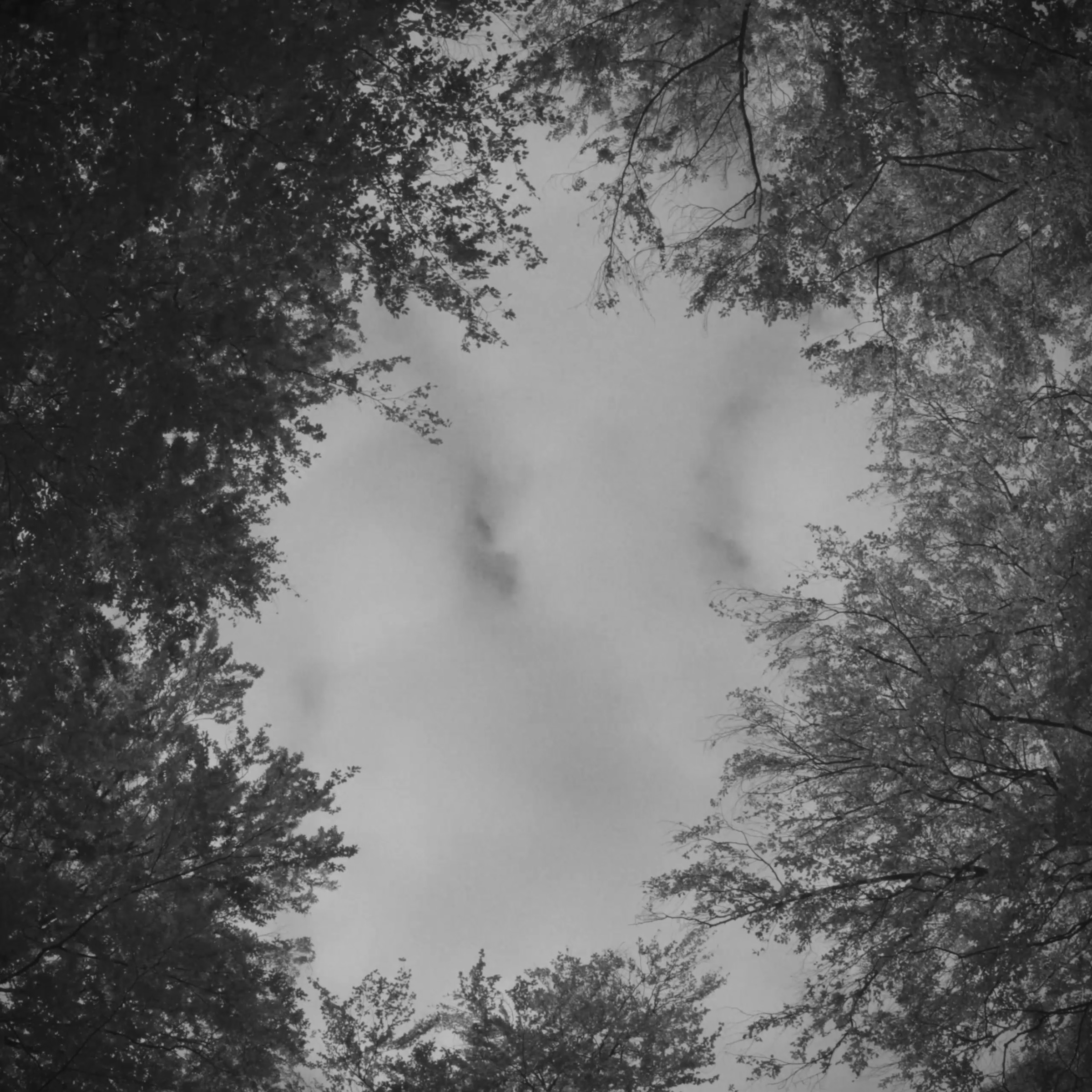
The Political Life of Plants 1, 2021. 4K, black and white, colour, 2 channel sound, 31 min.
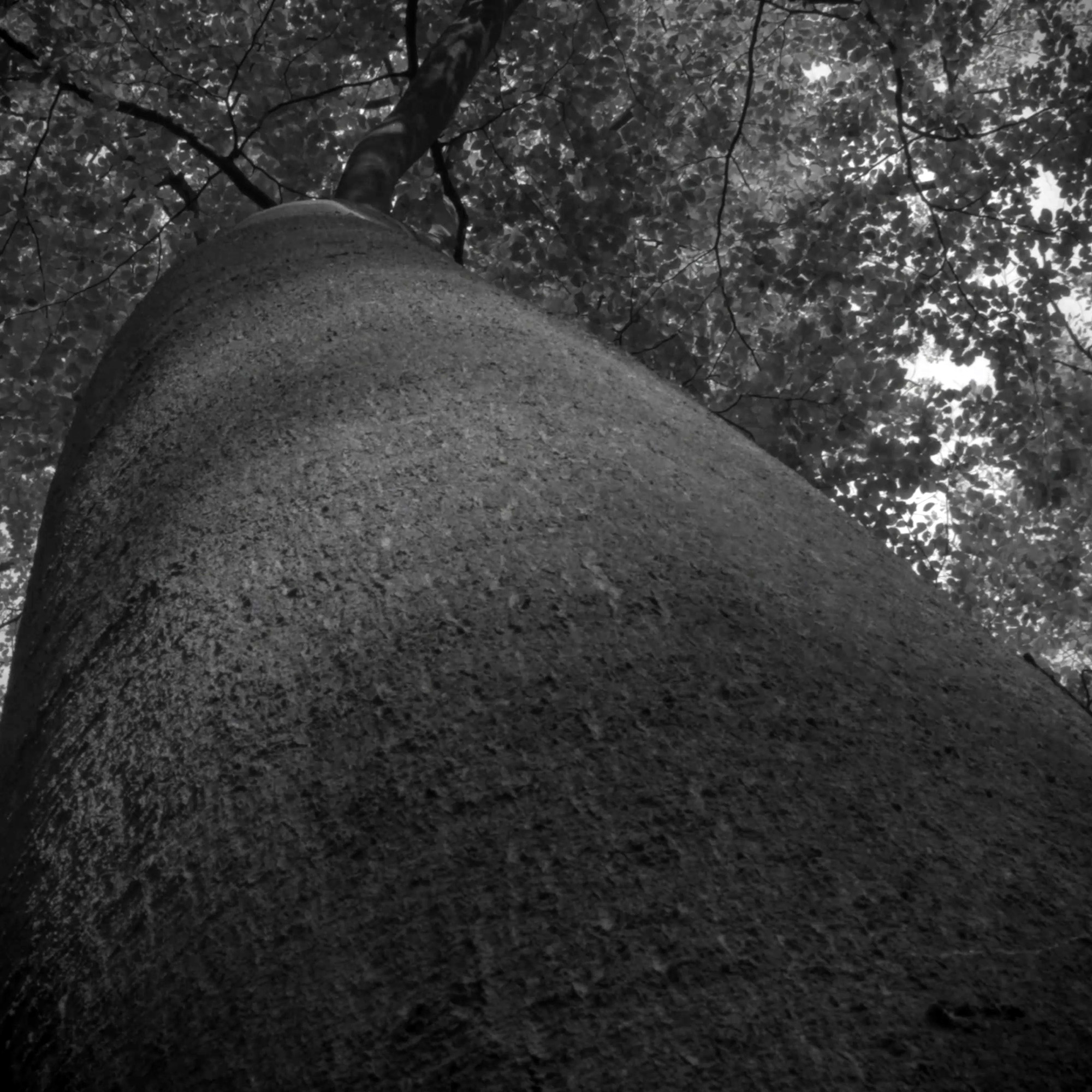
The Political Life of Plants 1, 2021. 4K, black and white, colour, 2 channel sound, 31 min.
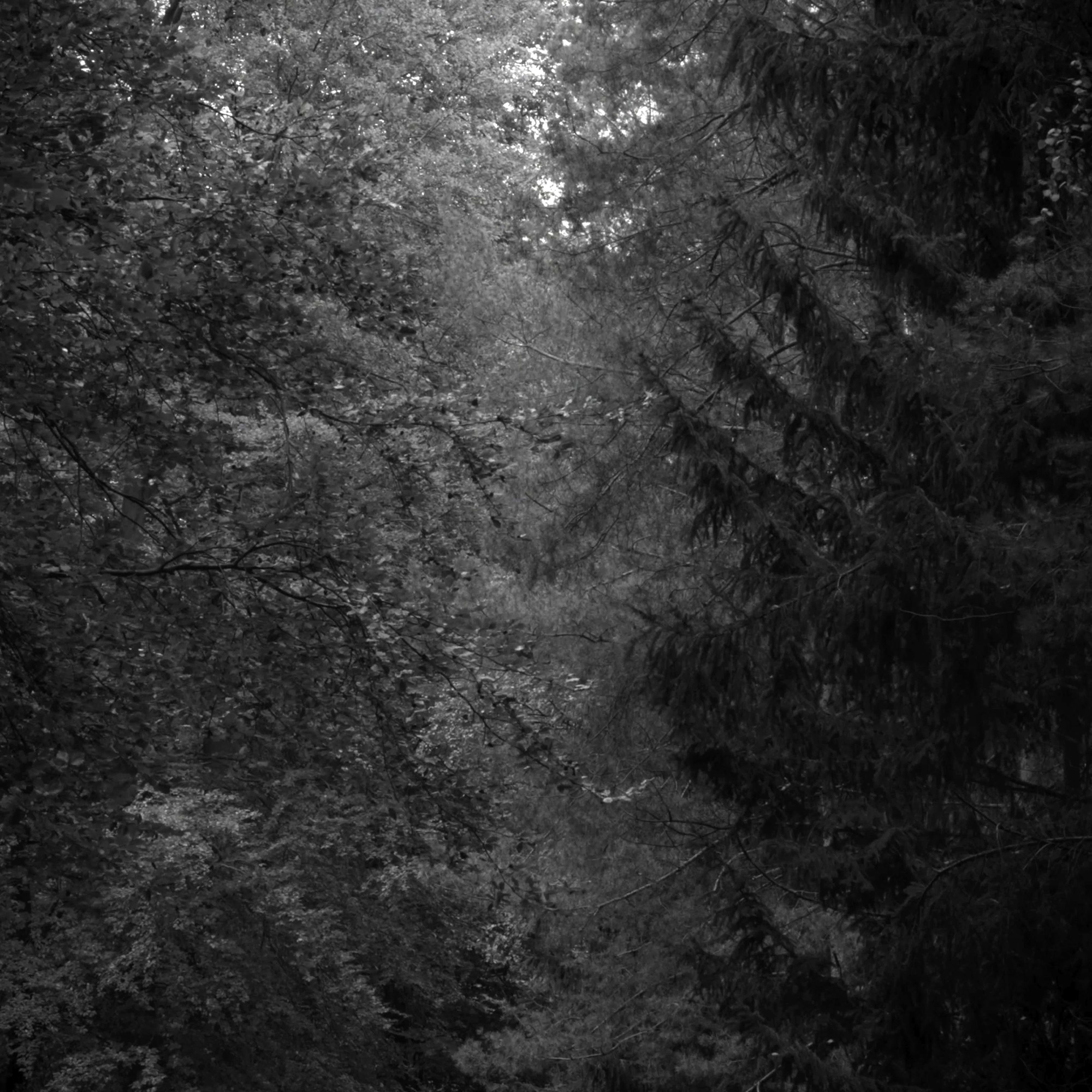
The Political Life of Plants 1, 2021. 4K, black and white, colour, 2 channel sound, 31 min.
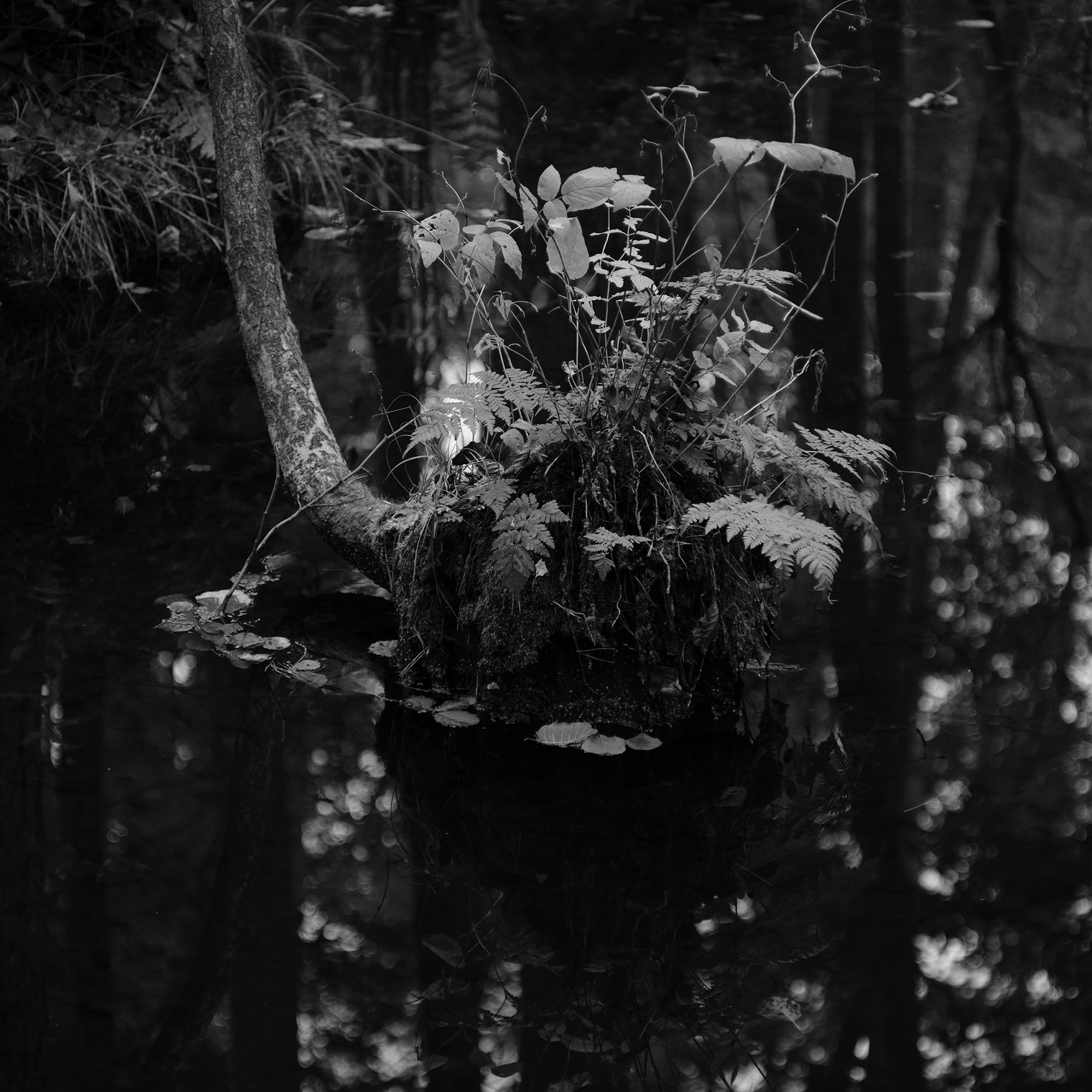
The Political Life of Plants 1, 2021. 4K, black and white, colour, 2 channel sound, 31 min.
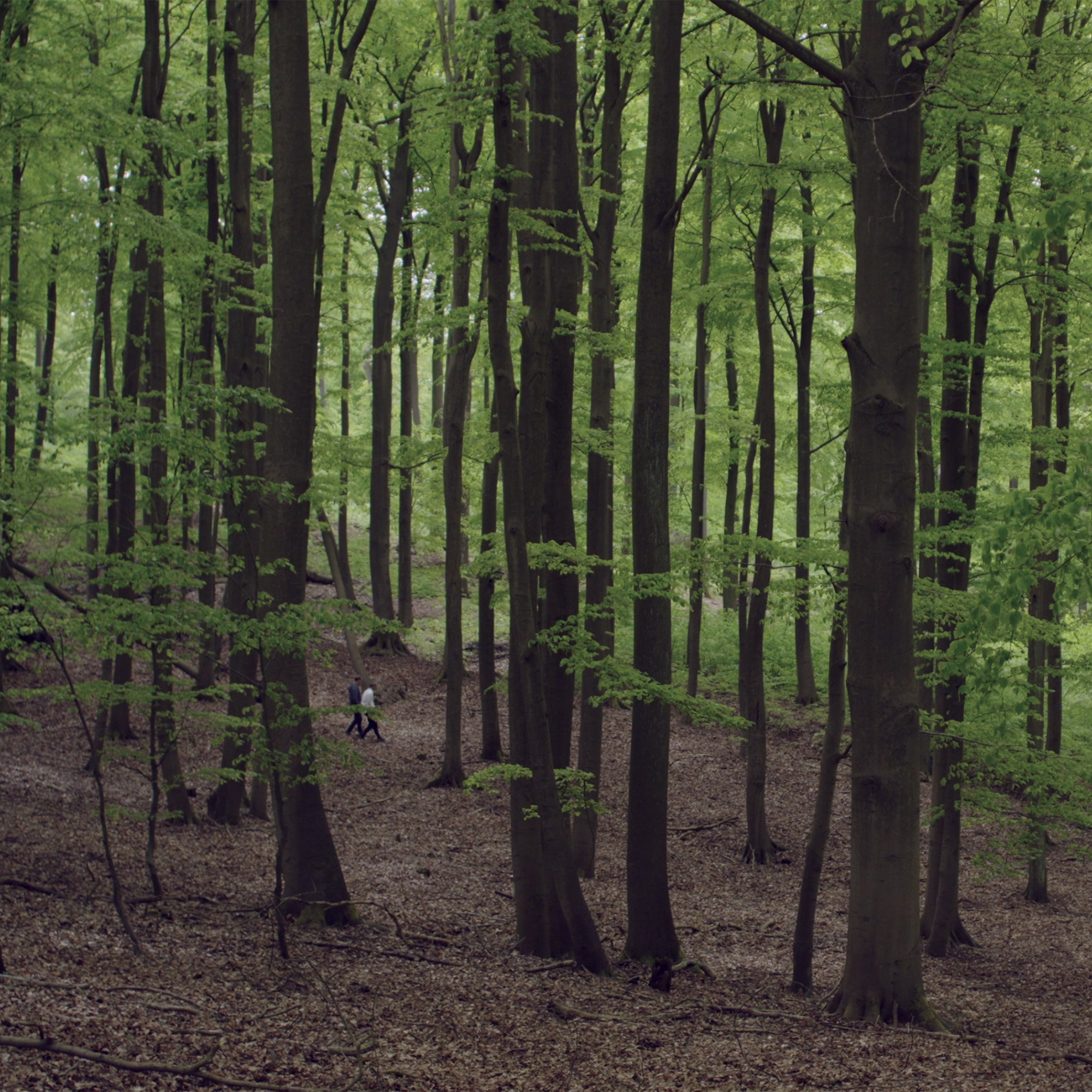
The Political Life of Plants 2, 2023. 4K, black and white, colour, 2 channel sound, 32 min.
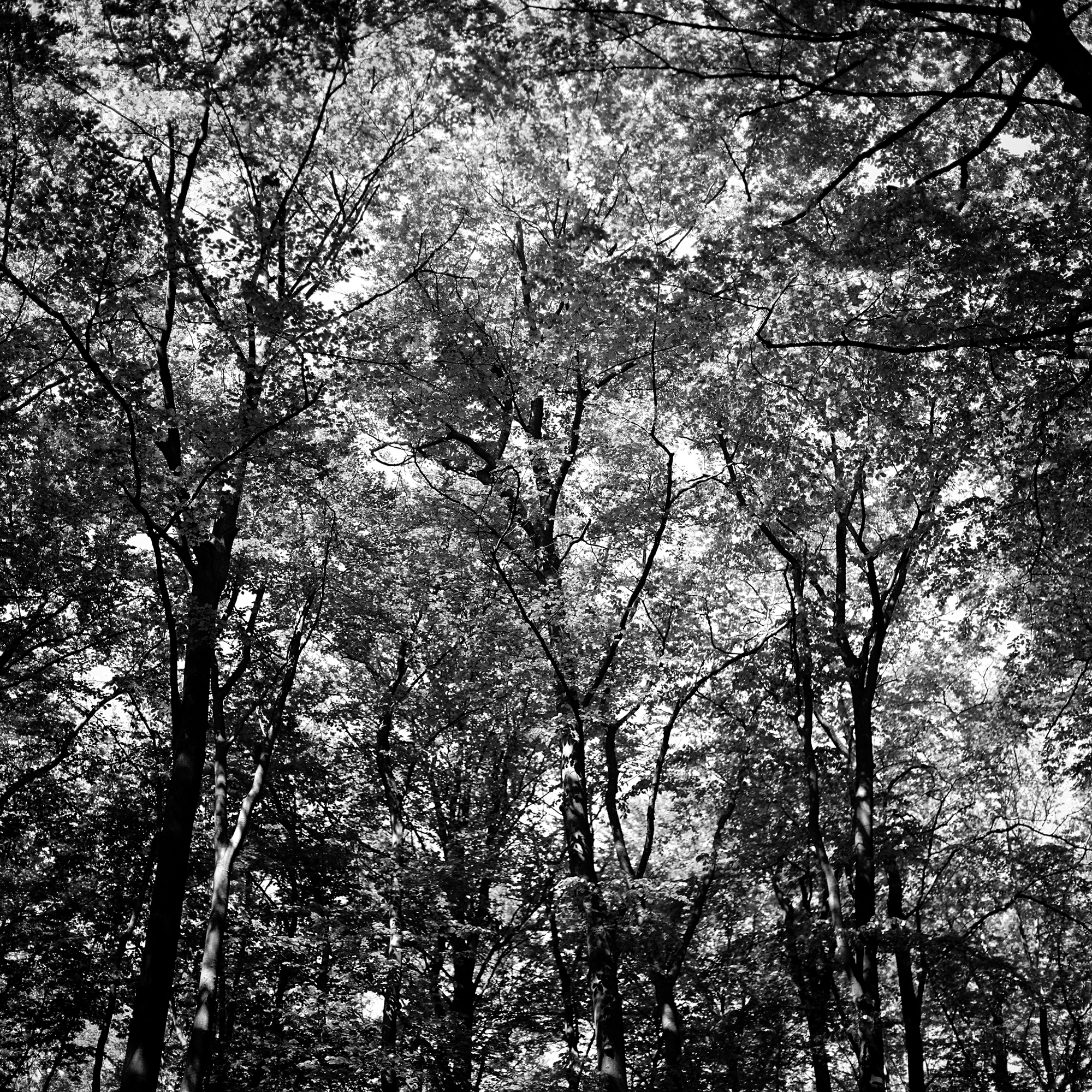
The Political Life of Plants 2, 2023. 4K, black and white, colour, 2 channel sound, 32 min.
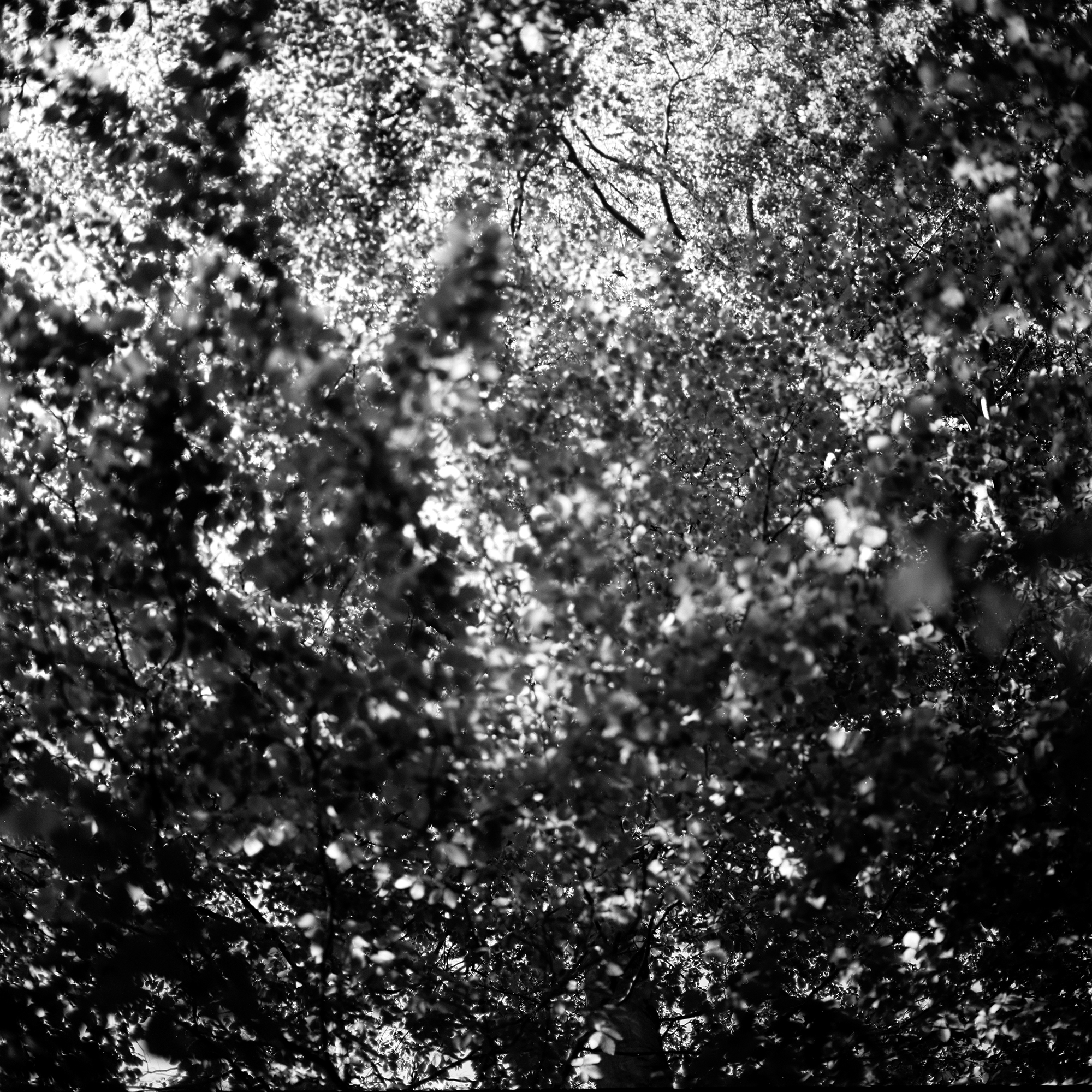
The Political Life of Plants 2, 2023. 4K, black and white, colour, 2 channel sound, 32 min.
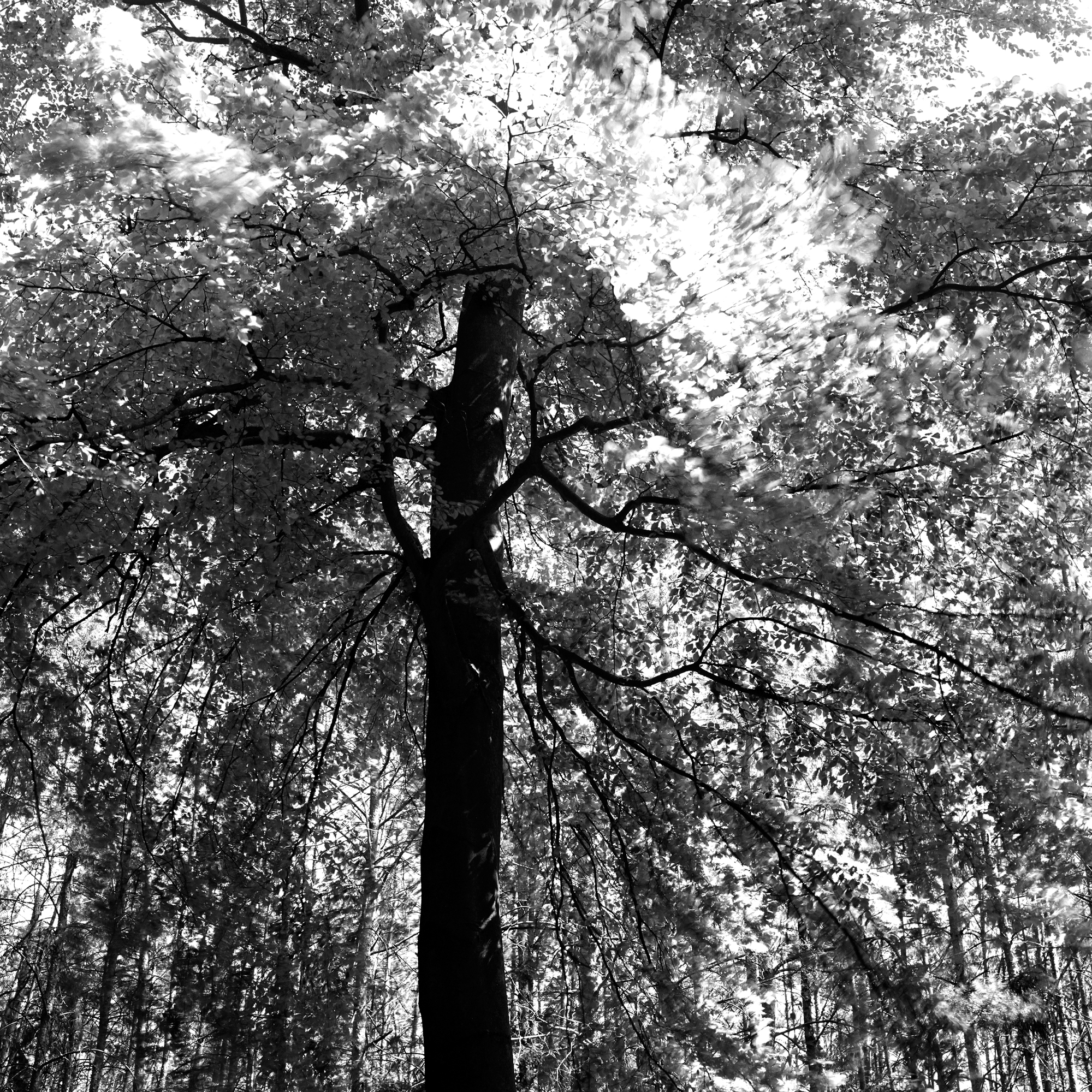
The Political Life of Plants 2, 2023. 4K, black and white, colour, 2 channel sound, 32 min.
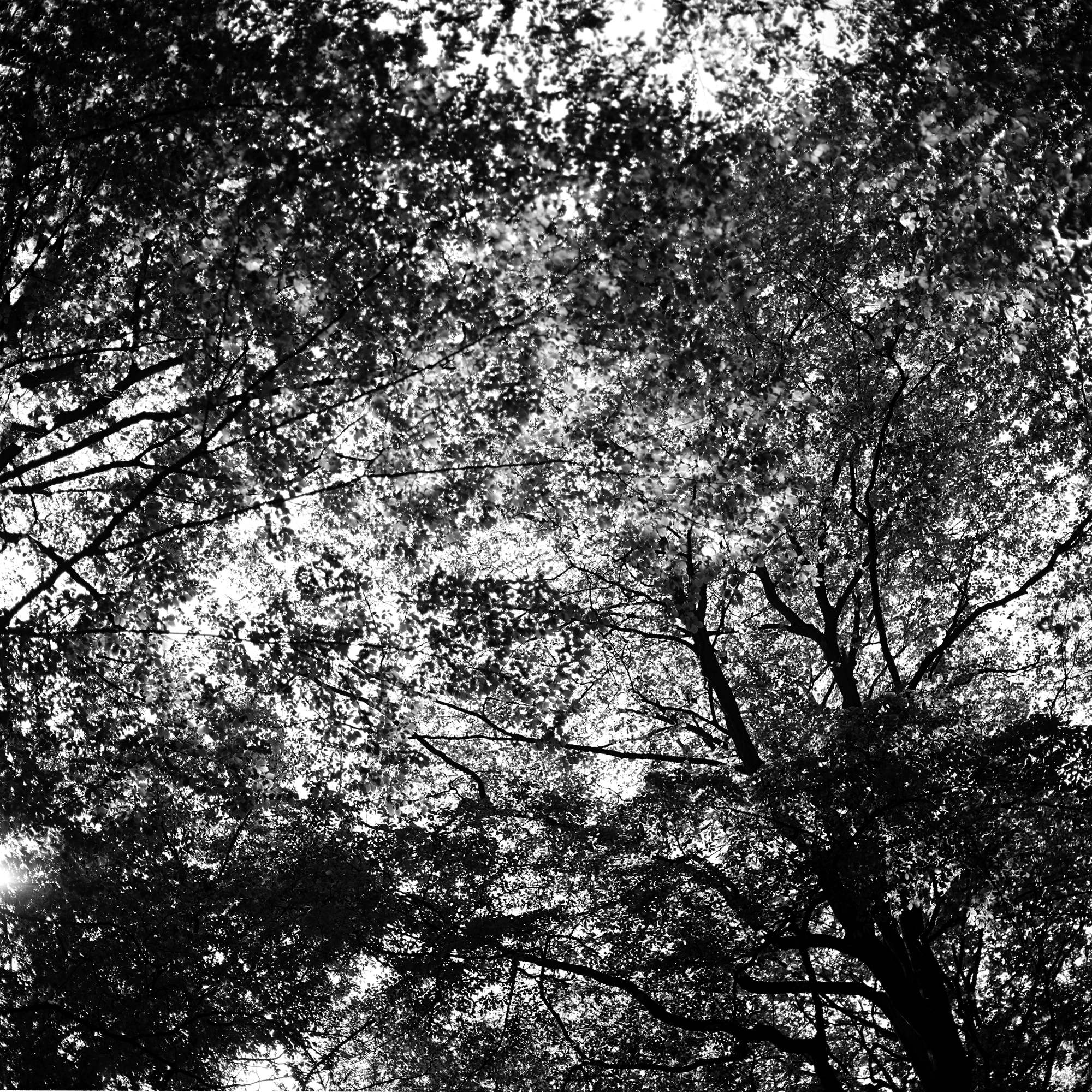
The Political Life of Plants 2, 2023. 4K, black and white, colour, 2 channel sound, 32 min.
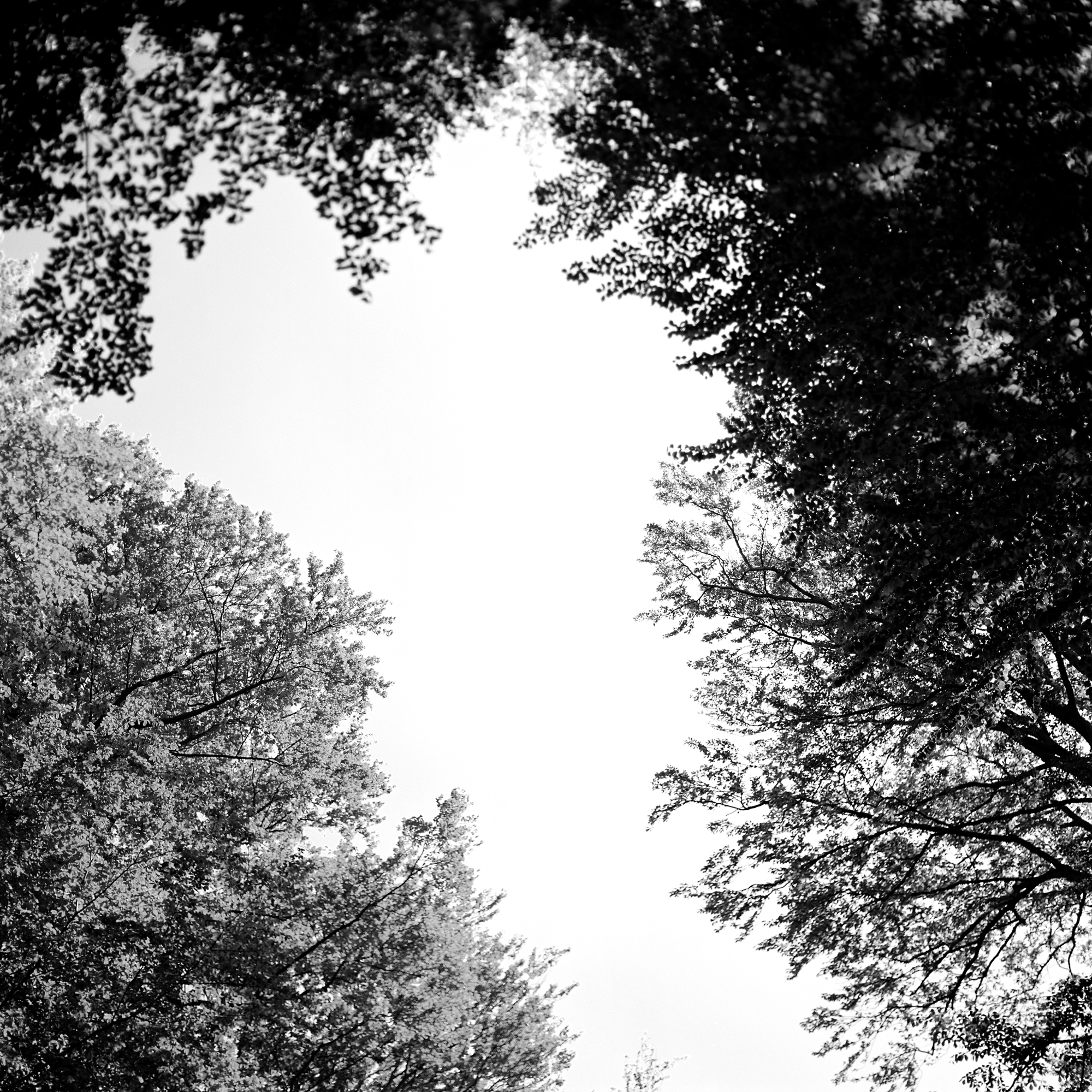
The Political Life of Plants 2, 2023. 4K, black and white, colour, 2 channel sound, 32 min.

The Political Life of Plants 2, 2023. 4K, black and white, colour, 2 channel sound, 32 min.
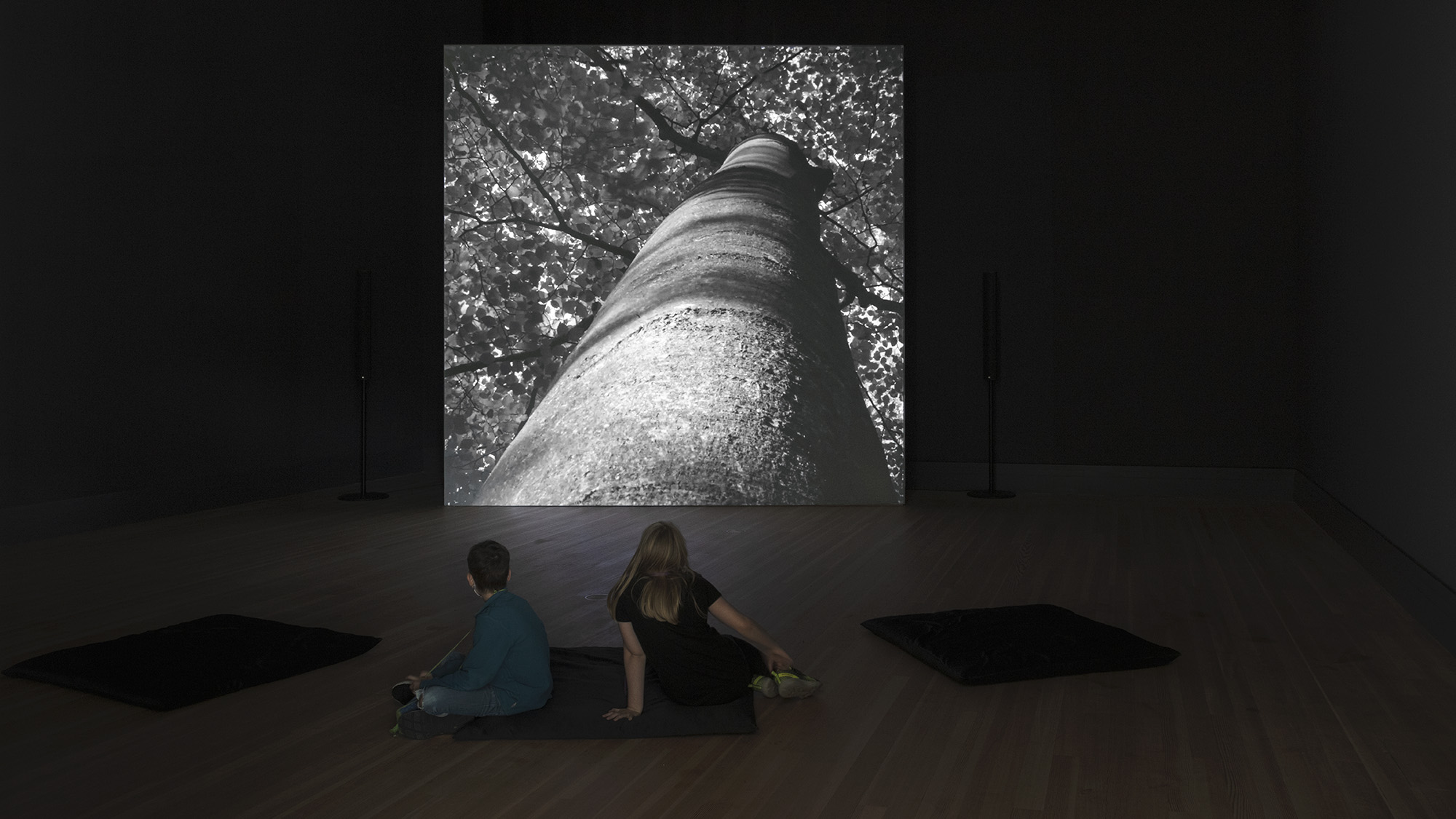
Installation view, Gropius Bau, Berlin, 2021.
|
〉
|

